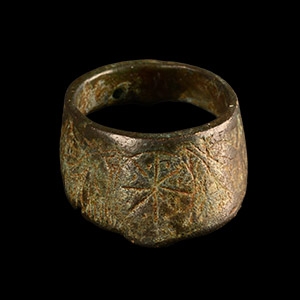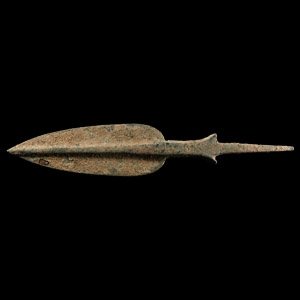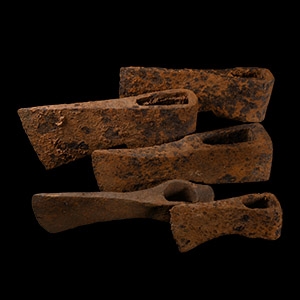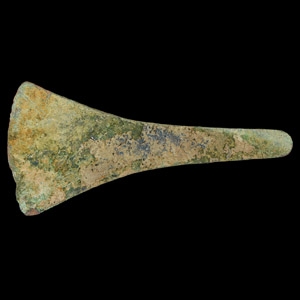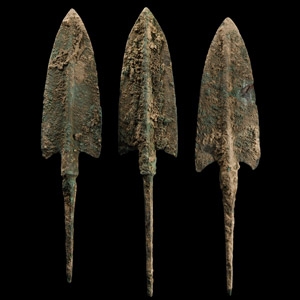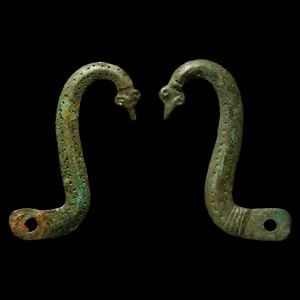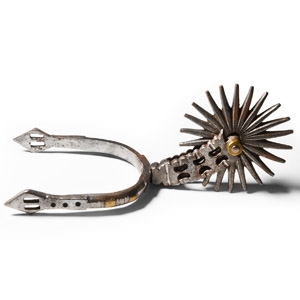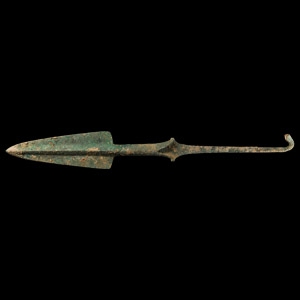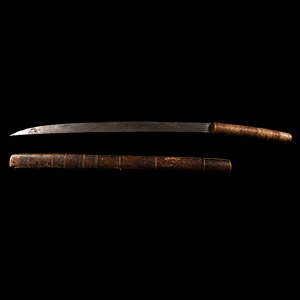Home > Auctions > 23 - 27 May 2023
Ancient Art, Antiquities, Natural History & Coins
Auction Highlights:
English collection, early 2000s.
Ex central London gallery.
Ex private collection, 1980s.
Acquired on the UK art market in the 1990s.
Ex German collection, Cologne, 1980-1990s.
See Negahban, E., Weapons from Marlik, Berlin, 1995, plate VI, no.78; Khorasani M.M., Arms and Armour from Iran. The Bronze Age to the End of the Qajar Period, Tübingen, 2006, item 278, for type.
The spearhead belongs to the type I of tripartite spears with broad mid-rib, reinforced shaft opening to reveal the tang and rounded shoulders. The blade with curved shoulders, a sharp point and a rectangular mid-rib. Stutzinger dated these pieces to 1200-1100 B.C.
Acquired 1990s-early 2000s.
East Anglian private collection.
English collection, 1990s.
Ex North London gallery.
Ex private collection, 1980s.
Acquired on the UK art market in the 1990s.
Ex German collection, Cologne, 1980-1990s.
Cf. Gernez, G., L’armament en métal au Proche et Moyen-Orient: des origines a 1750 av. J.C., Paris, 2007, fig.2.88, subtype of tripartite spears L.2.Bc, for the type.
This variant of the tripartite spear is characterised by a rhomboidal or swollen section blade, often with a short intermediate part widened so as to form a clean stop and with a curved tang, sometimes ending in a button (here unfortunately missing). Most spears have medium dimensions (23 cm to 36 cm), but others are elongated (more than 50 cm).
Acquired on the London art market, 1980s-1990s.
Cf. Bishop, M.C. & Coulston, J.C.N., Roman military equipment, from the Punic wars to the fall of Rome, London, 2006, p.96, fig.51,4 for similar.
In the 1st century B.C.-1st century A.D., the Celtic fastening system of the ring mail armour (gallica, lorica ferro aspera) became the standard in the Imperial Roman army, with a pivot attached to the breast and hinged to the edges of the humeralia (shoulder guards). The chest fastener had various different designs. The double hooks, S-shaped and usually with snake-head terminals, were secured by a central rivet on the chest. The system allowed excellent freedom of movement, giving greater protection to the shoulders and the arms. Similar fasteners for infantry mail have been found on the Kalkriese battlefield, some of them also decorated with niello and inscribed with the name of the soldier.
Acquired from Czerny's Auctions, Italy, 2016, lot 390.
The Kusmirek Collection, UK.
Accompanied by copy of Czerny's invoice and lot details.
Acquired 1971-1972.
From the collection of the vendor's father.
Property of a London, UK, collector.
See Wilkins, A., Roman Imperial Artillery, Solway Print, 2017.
The operation of the onager (Latin for 'wild ass') is first mentioned in 353 A.D. by Ammianus Marcellinus in his Res Gestae and more fully in Vegetius's Epitoma Rei Militaris probably written in the reign of Emperor Theodosius I (378-395 A.D.).
Ex German collection, Cologne, 1980-1990s.
Cf. Khorasani, M.M., Arms and Armour from Iran. The Bronze Age to the End of the Qajar Period, Tübingen, 2006, pp.240-241; Christie's, The Axel Guttmann Collection of Ancient Arms and Armour, part 2, London, 2004, p.36, no.40.
The spearhead belongs to a typology of spears widespread in the Marlik region, which Negahban divided into two categories. This spearhead belongs to type II, spearheads with triangular blades with rather short blade and shaft with a long tang, the total length of the blade being less than that of the shaft and tang together.
Ex Reeman Dansie, Colchester, Essex, UK.
Cf. similar specimen in the Metropolitan Museum of Arts, accession number 36.25.1437a,b.
The dha may have its origins with the Tai people who migrated to the area from present-day Yunnan Province in southern China. This sabre varied considerably according to locality but they shared some features that define them apart from other weapons and tools of the area, like the round cross-section grip, a long, gently curving blade with a single edge, and the absence of a guard.
889 - 900 of 2508 LOTS

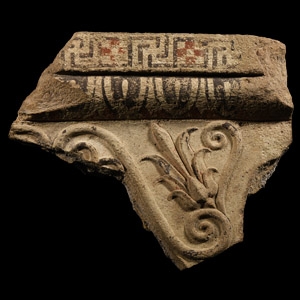
.jpg)


.jpg)
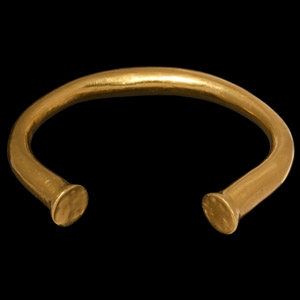
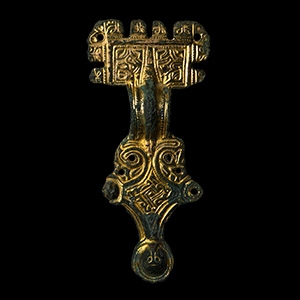

.jpg)


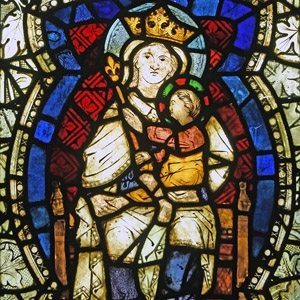
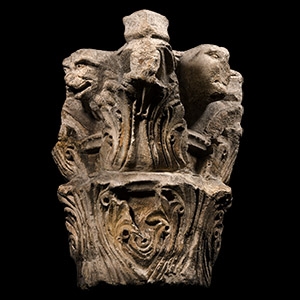
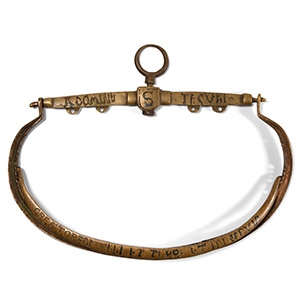
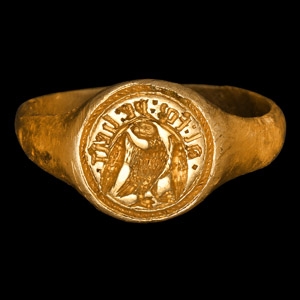
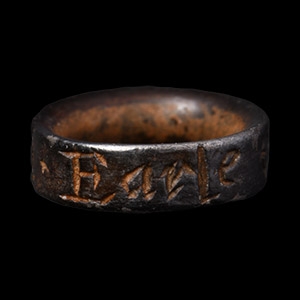
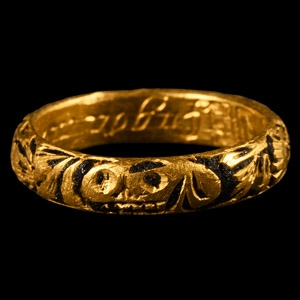
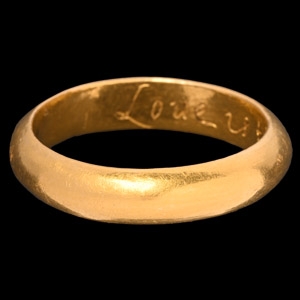
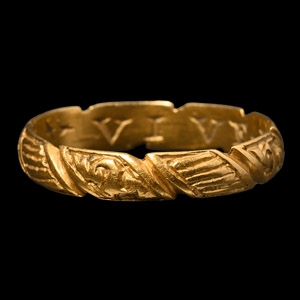
![English Milled Coins - George VI - 1937 - Cased RM Proof Coronation Gold Set [4] English Milled Coins - George VI - 1937 - Cased RM Proof Coronation Gold Set [4]](https://timelineauctions.com/upload/images/items/small/203351-s(2).jpg)
